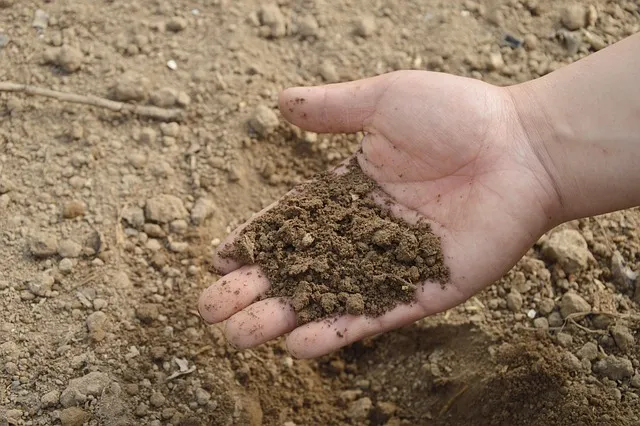Spring is a big deal for farmers—it’s when the farm wakes up and crops start growing! But before you plant anything in 2025, there’s one super important step: testing your soil. This article will walk you through why soil testing matters, how wet or dry soil affects crops, and what happens if the soil’s nutrients are low. It’s all written so even a middle schooler can follow along easily—let’s dig in!
Background: Why Spring Soil Testing?
Spring is planting time, and in 2025, the weather might be a little wild because of climate change. The USDA says springs are getting warmer—about 2°F hotter than they were 20 years ago. That means soil can act funny: too wet from early rains or too dry from less snow. Testing your soil helps you figure out if it’s ready for crops like corn, soybeans, or wheat. It’s like giving your farm a quick check-up before the busy season starts!
Why Test Your Soil?
Testing your soil is like being a detective—it tells you what’s going on underground. Here’s why it’s a must:
- Right Crops: You’ll know if your soil fits the crops you want to grow.
- Save Money: No wasting cash on extra water or fertilizer you don’t need.
- Healthy Plants: Happy soil means strong crops that grow big and tasty.
Farmers who skip this step might plant seeds that flop—yikes! A quick test can save you a ton of trouble.
How Wet or Dry Soil Affects Crops
Soil can be too wet or too dry, and both mess with your crops. Here’s the scoop:
- Too Wet: If your soil’s mushy—like after a big rain—seeds can rot before they sprout. Corn hates soggy feet and might only hit 50 bushels per acre instead of 150 (USDA stats). Wheat can get moldy and weak too.
- Too Dry: Dry, crumbly soil is tough on plants. Soybeans need water to start strong, and without it, yields could drop by 20% (says the National Weather Service). Cotton also struggles and grows tiny if it’s thirsty.
Check your soil by squeezing it—it should feel like a damp sponge, not mud or sand.
How to Test Your Soil
So, how do you check your soil? It’s easy—here’s what to do:
- Step 1: Grab a Shovel: Dig down about 6 inches in a few spots around your field.
- Step 2: Take a Handful: Scoop up some soil and squeeze it in your hand.
- Step 3: Check Wetness:
-
- If it sticks together like mud and feels slimy, it’s too wet. Wait a couple of days to plant.
-
- If it falls apart like dry sand and feels dusty, it’s too dry. You’ll need to water it before planting.
-
- If it holds a shape but crumbles a little—like a damp sponge—it’s just right!
- Step 4 (Optional): Lab Test: Want more details? Send a sample to a local lab (ask your county Extension office). They’ll tell you about nutrients like nitrogen or pH levels.
This quick squeeze test tells you if your soil’s ready—or if it needs a little help first.
What Happens If Soil Is Wet, Dry, or Low on Nutrients?
Now, let’s add nutrients into the mix—stuff like nitrogen or potassium that plants eat. If soil’s off, here’s how crops feel it:
- Too Wet + Low Nutrients: Wet soil washes away food like nitrogen. Corn turns yellow and grows slow—maybe just 80 bushels per acre instead of 180. Tomatoes get weak and small too.
- Too Dry + Low Nutrients: Dry soil with no nutrients is a double whammy. Soybeans might only give 30 bushels per acre instead of 50 (USDA data). Wheat gets stunted and barely makes it.
Low nutrients—like under 30 pounds of nitrogen per acre—starve crops no matter the water. Test to see what’s missing!
Get Your Soil Ready for a Great Spring
Testing your soil in spring 2025 is the key to growing awesome crops! It shows if it’s too wet, too dry, or low on nutrients, so you can fix it before planting. Grab a shovel, squeeze some dirt, and maybe send a sample to a lab—it’s super easy! Whether you’re growing corn, soybeans, or wheat, good soil means strong plants and a big harvest. Start smart, and watch your farm thrive this season!

